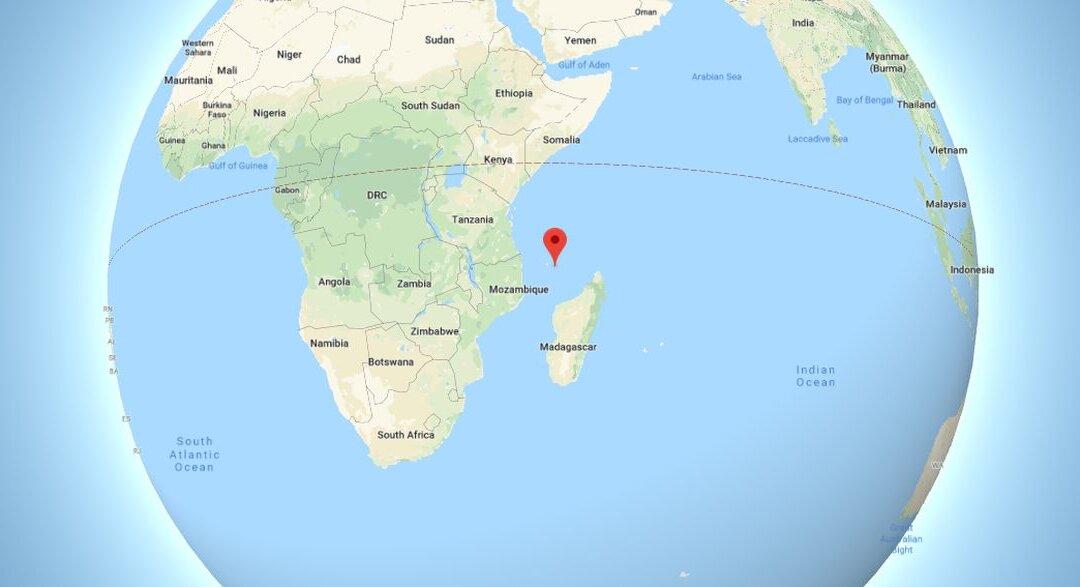Researchers said they’re puzzled by rocks found on a small island between Madagascar and the east coast of Africa.
The rocks, quartzite, were found by researchers from Columbia University in New York. Quartzite is a type of rock “composed almost entirely of quartz” and “forms when a quartz-rich sandstone is altered by the heat, pressure, and chemical activity of metamorphism,” according to Geology.com.





